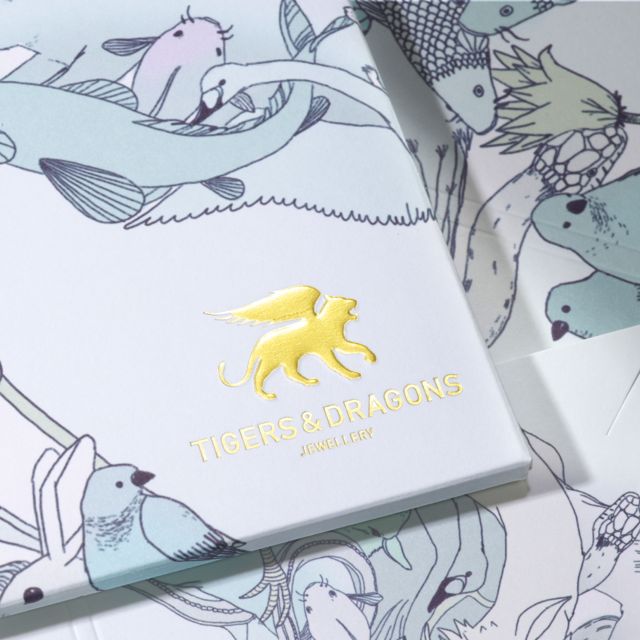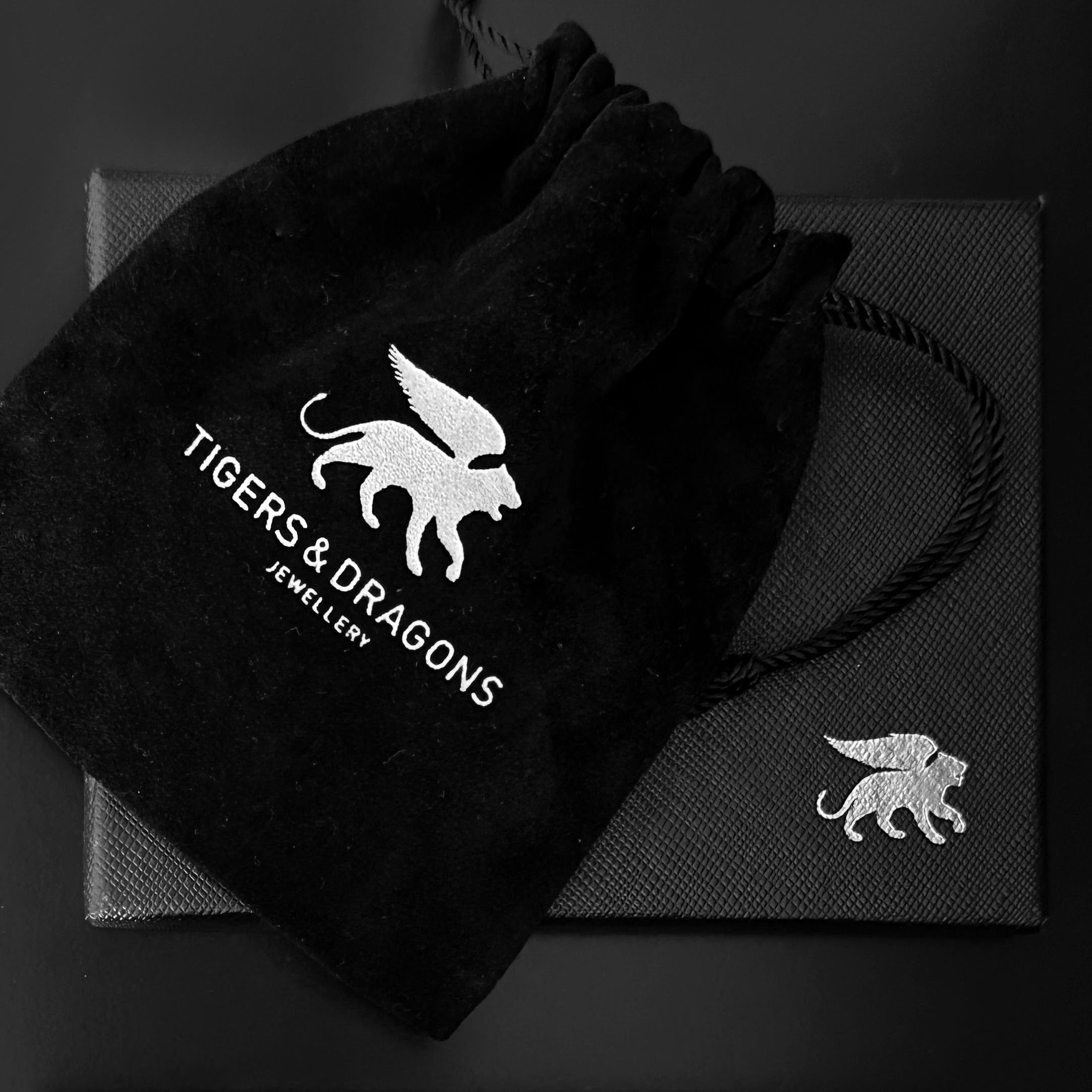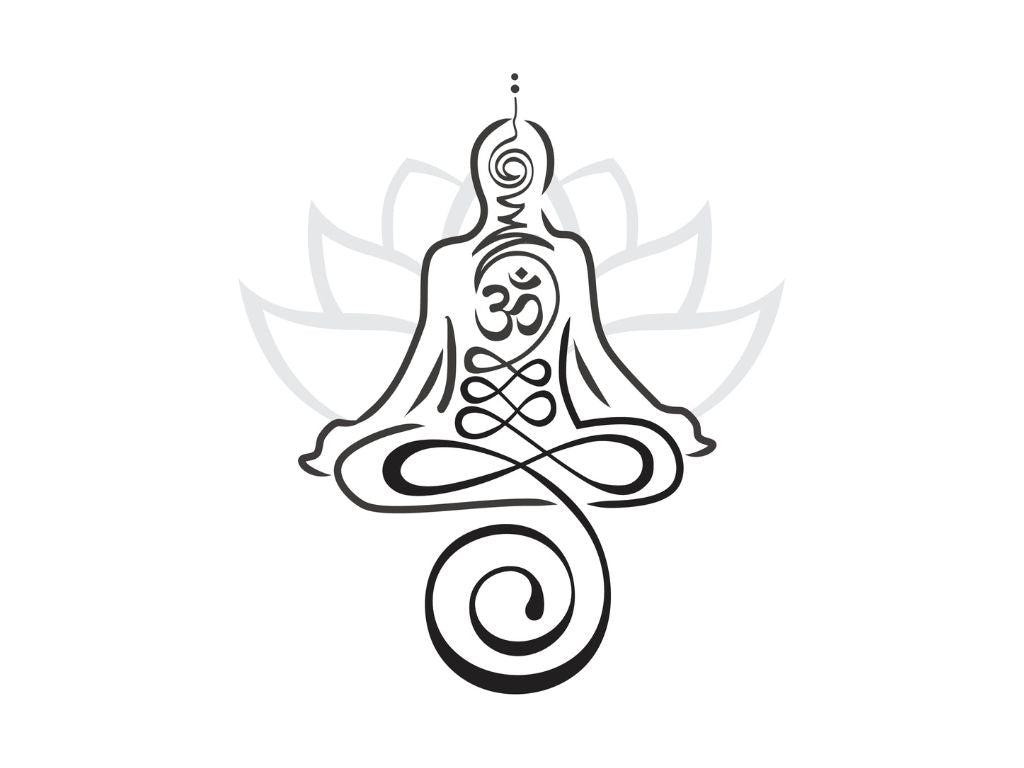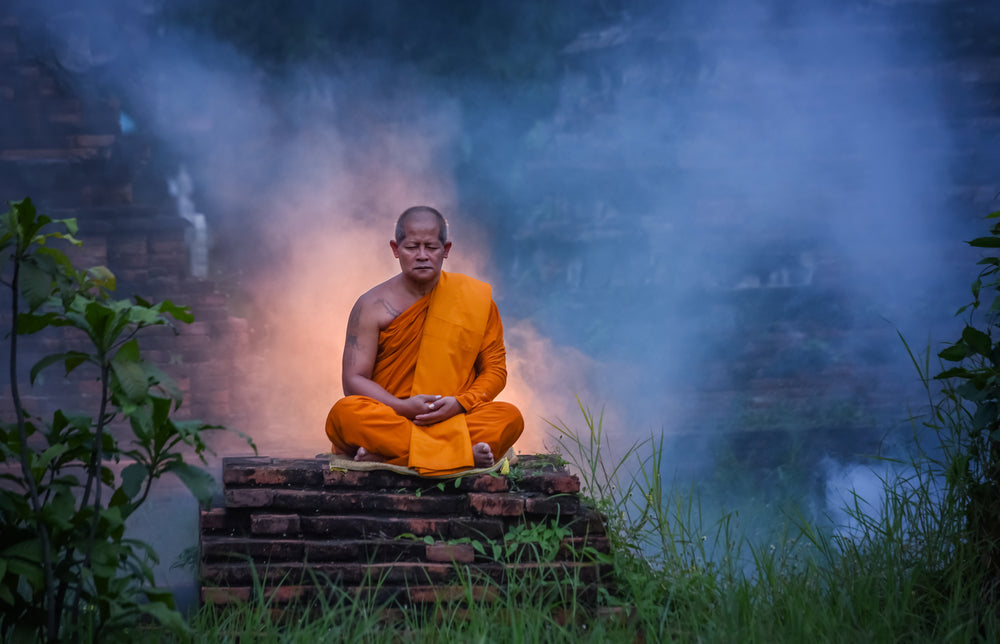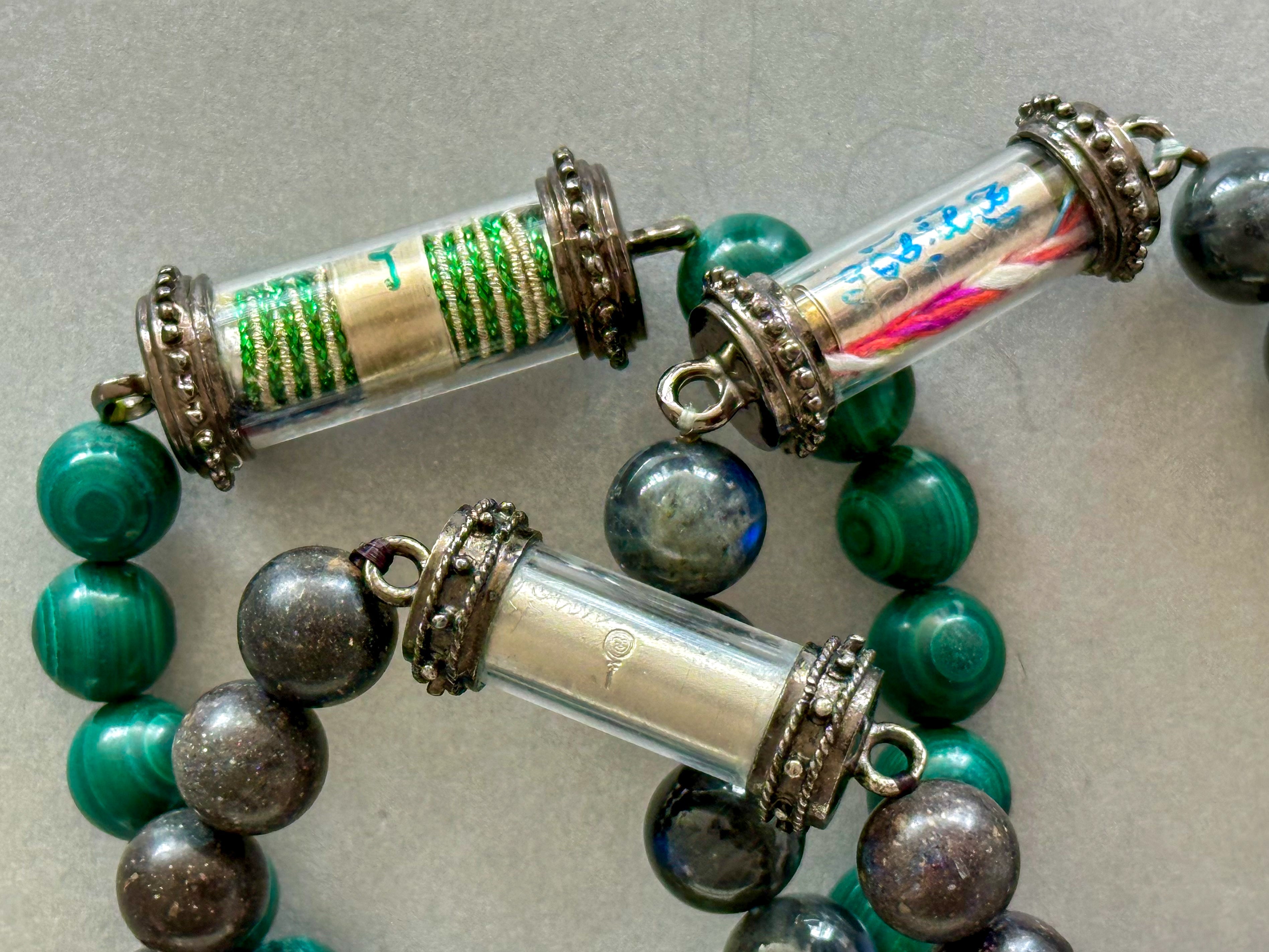
The Takrut: Thailand's Sacred Scroll Amulets Explained
What is a Takrut?
Among Thailand's diverse array of sacred amulets, the takrut (ตะกรุด) holds a special place as one of the oldest and most versatile forms of spiritual protection. These cylindrical amulets, typically containing rolled sacred texts or mystical diagrams called yantras, represent centuries of religious tradition condensed into a portable sacred object.
The word "takrut" derives from the Sanskrit term meaning "rolled" or "scroll," reflecting both its physical form and its ancient origins. While their appearance may seem simple—often just a small metal or organic cylinder—takrut are believed to contain concentrated spiritual power that provides protection, luck, and various blessings to their bearers.
The Sacred Contents Within
Texts and Symbols
The spiritual power of a takrut is believed to derive from the sacred content inscribed within. These inscriptions typically include:
Pali Buddhist Texts: Protective verses (paritta) from the Buddhist canon, particularly the Ratana Sutta (Jewel Discourse) and Metta Sutta (Discourse on Loving-Kindness). These sacred words are believed to carry the protective power of the Buddha's teachings.
Khatha (Magical Formulas): Ancient formulas that blend Pali, Sanskrit, and Khom (ancient Khmer script) to invoke protection from various deities and spirits. These formulas have been passed down through generations of spiritual masters.
Yantras: Geometric diagrams and numerical codes believed to channel specific energies. Each pattern is thought to resonate with particular cosmic forces, providing different types of protection or benefits.
Astrological Calculations: Some takrut incorporate birth charts or auspicious number combinations tailored to individual wearers, aligning the amulet's power with personal cosmic influences.
Materials and Their Meanings
The materials used in takrut production are carefully chosen for their spiritual properties:
- Gold: Associated with the sun, prestige, and protection from physical harm
- Silver: Linked to the moon, emotional balance, and protection from evil spirits
- Copper: Connected to Venus, love, and charm
- Lead: Related to Saturn, powerful protection against black magic
- Tiger skin (historically, now symbolic alternatives): Courage and dominance
- Palm leaf or bamboo: Natural materials for specific purposes like attraction or prosperity
Each material is believed to amplify different aspects of the takrut's protective power, with practitioners choosing materials based on their specific needs and astrological considerations.
The Creation Process: From Inscription to Activation
Sacred Inscription
Creating a takrut is far more than a craft—it's a spiritual practice. The inscription process requires deep concentration and ritual purity. Traditional masters use a special stylus (lek jan) to carefully inscribe the sacred texts onto thin sheets of metal or organic materials. During inscription, the creator maintains meditative focus, often reciting mantras or holding their breath during crucial passages to prevent spiritual energy from dissipating.
The act of rolling the inscribed sheet into its cylindrical form is equally significant. This rolling is believed to concentrate and seal the spiritual power within, creating a kind of spiritual battery that continuously emanates protective energy.
Ritual Activation (Pluk Sek)
A takrut only becomes spiritually active through the ritual of pluk sek, performed by qualified monks or spiritual masters (ajarn). This activation ceremony typically involves:
- Extended periods of chanting specific mantras
- Meditation to channel spiritual energy into the object
- Invocation of protective deities or spirits to inhabit the takrut
- Blessing with sacred water and incense
- Sometimes burial in sacred grounds or placement at powerful shrine sites
The timing of these rituals often follows astrological calculations, with certain days and lunar phases considered more auspicious for activating specific types of protection.
Types of Protection and Their Uses
Thai tradition recognizes various categories of takrut, each specialized for different purposes such as:
Kong Grapan (Invulnerability)
Believed to provide protection from physical harm, particularly popular among soldiers, police officers, and those in dangerous professions. These takrut are thought to make the wearer "hard to pierce" by weapons.
Klaew Klaad (Evasion)
Designed to help the wearer avoid danger entirely rather than withstand it. Users believe these takrut create a kind of spiritual invisibility to threats, causing accidents or attacks to miss their mark.
Metta Maha Niyom (Loving-Kindness and Popularity)
Intended to increase charm, social success, and positive relationships. These are popular among businesspeople, salespeople, and anyone seeking to improve their social connections.
Maha Ud (Stopping Power)
Believed to stop or neutralize various threats, from physical attacks to legal problems to malevolent magic. These takrut are thought to create a spiritual barrier against negative forces.
Contemporary Takrut Culture
Modern Adaptations
Today's takrut tradition balances ancient practices with modern realities. Contemporary creators have developed:
- Miniaturized versions that can be discretely worn or incorporated into jewelry
- Waterproof casings for durability in daily wear
- Combination takrut that merge multiple protective functions
- Ethically sourced materials replacing traditional animal products
While purists debate whether modern production methods affect spiritual efficacy, many contemporary masters argue that sincere intention and proper ritual remain the essential elements, regardless of technological assistance.
The Collector's World
A vibrant collector culture has emerged around takrut, particularly for pieces created by famous monks or associated with miraculous events. Serious collectors study the distinctive styles of different masters, learning to identify authentic pieces through details of inscription, rolling technique, and material composition.
Authentication has become increasingly sophisticated, with experts using various methods to verify age, origin, and creator. Some famous takrut have sold for thousands of dollars, creating a complex market where spiritual and monetary values intersect.
Understanding Takrut in Cultural Context
Beyond Superstition
While skeptics might dismiss takrut as mere superstition, understanding their role requires appreciating the Thai worldview where spiritual and material realms interconnect. For many practitioners, takrut provide:
- Psychological confidence in facing daily challenges
- Cultural identity and connection to tradition
- Community bonds through shared beliefs and practices
- Ethical reminders of Buddhist teachings on protection through moral conduct
Many educated, urban Thais who wear takrut view them not as magical solutions but as focal points for mindfulness and positive intention, similar to how others might use meditation beads or religious medals.
The Ethics of Protection
Buddhist teachers emphasize that takrut work in conjunction with, not as substitutes for, ethical living. The most powerful protection, they teach, comes from maintaining the five precepts, practicing loving-kindness, and accumulating merit through good deeds. Takrut are seen as supplementary protection that works best for those who live righteously.
This ethical dimension distinguishes takrut from simple good luck charms. They're embedded in a moral universe where protection is earned through proper conduct and sincere spiritual practice, not merely purchased or worn.
Conclusion: Living Tradition in Modern Times
The takrut tradition demonstrates remarkable resilience and adaptability. These sacred scrolls continue to provide meaning, protection, and identity for millions of Thai people, from rural farmers to urban professionals. While the forms and materials may evolve, the core belief in sacred text as protective power endures.
Whether viewed as genuine spiritual protection, psychological aids, or cultural artifacts, takrut remain integral to Thai religious life. They represent not relics of the past but living traditions that continue to evolve, addressing contemporary needs while maintaining ancient wisdom. In a rapidly changing world, takrut offer their bearers a tangible connection to spiritual protection, cultural identity, and the enduring power of sacred tradition.
For those interested in Thai culture and spirituality, understanding takrut provides insight into how traditional practices adapt to modern life, how material objects embody spiritual beliefs, and how ancient wisdom continues to offer guidance in contemporary times. The takrut tradition reminds us that the sacred often resides in small, humble objects that carry meanings far exceeding their physical form.






